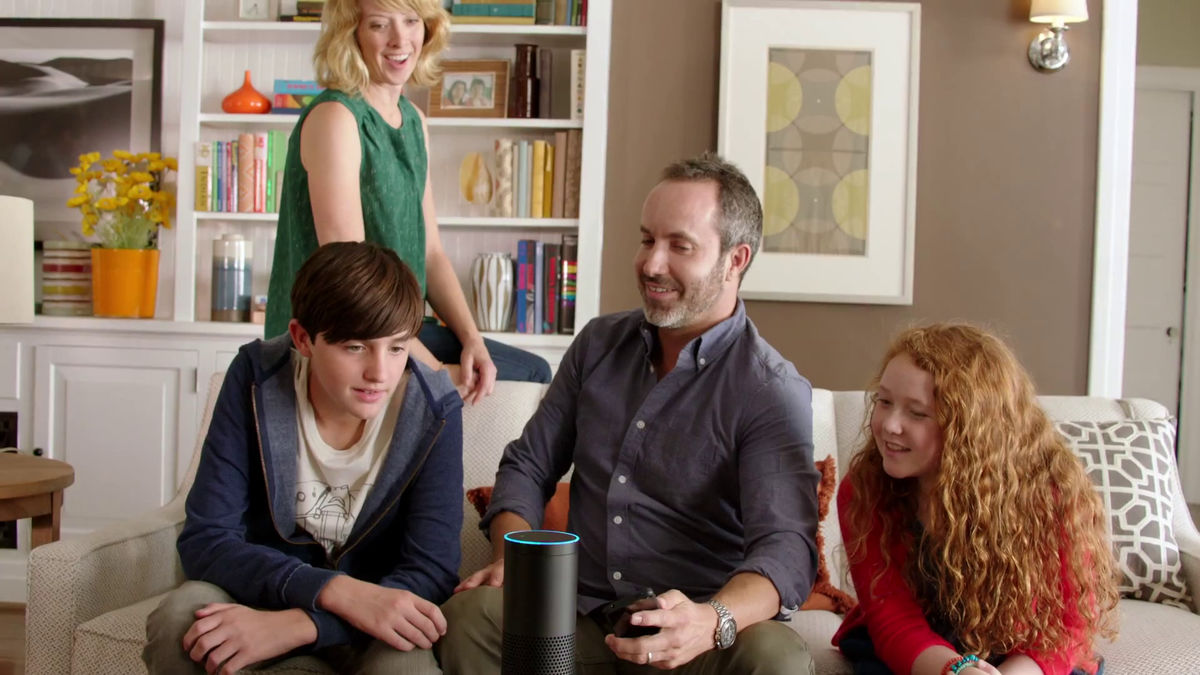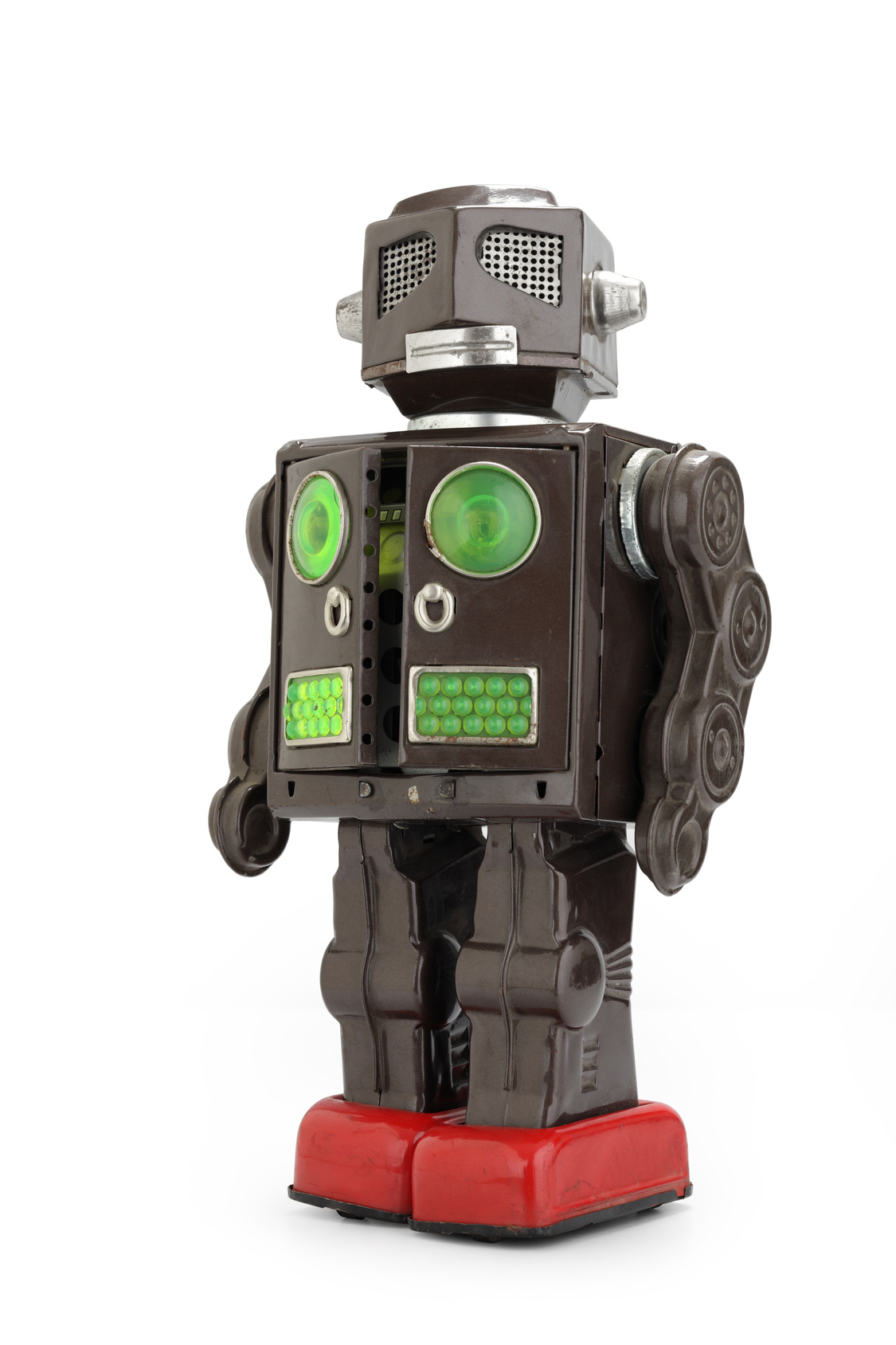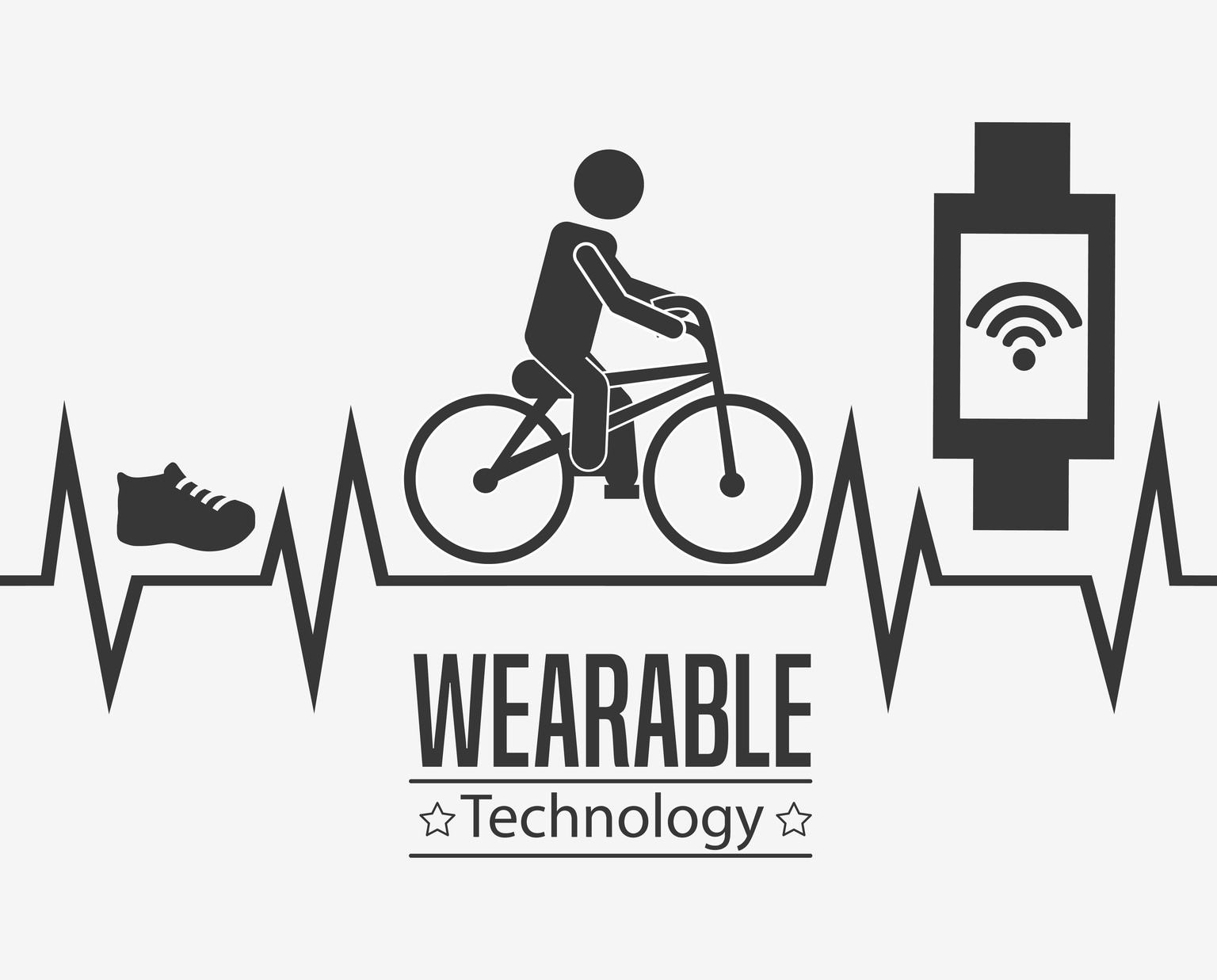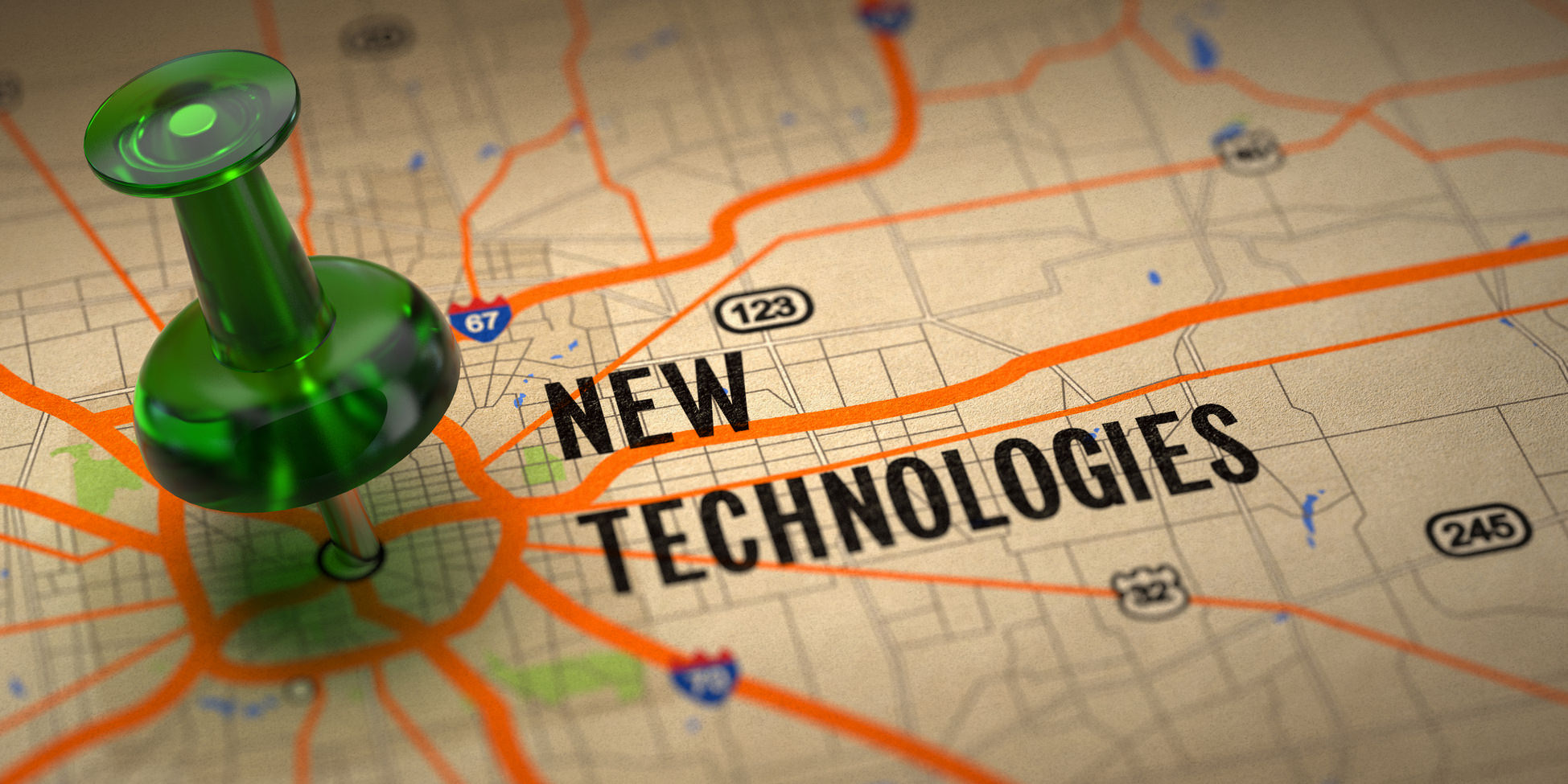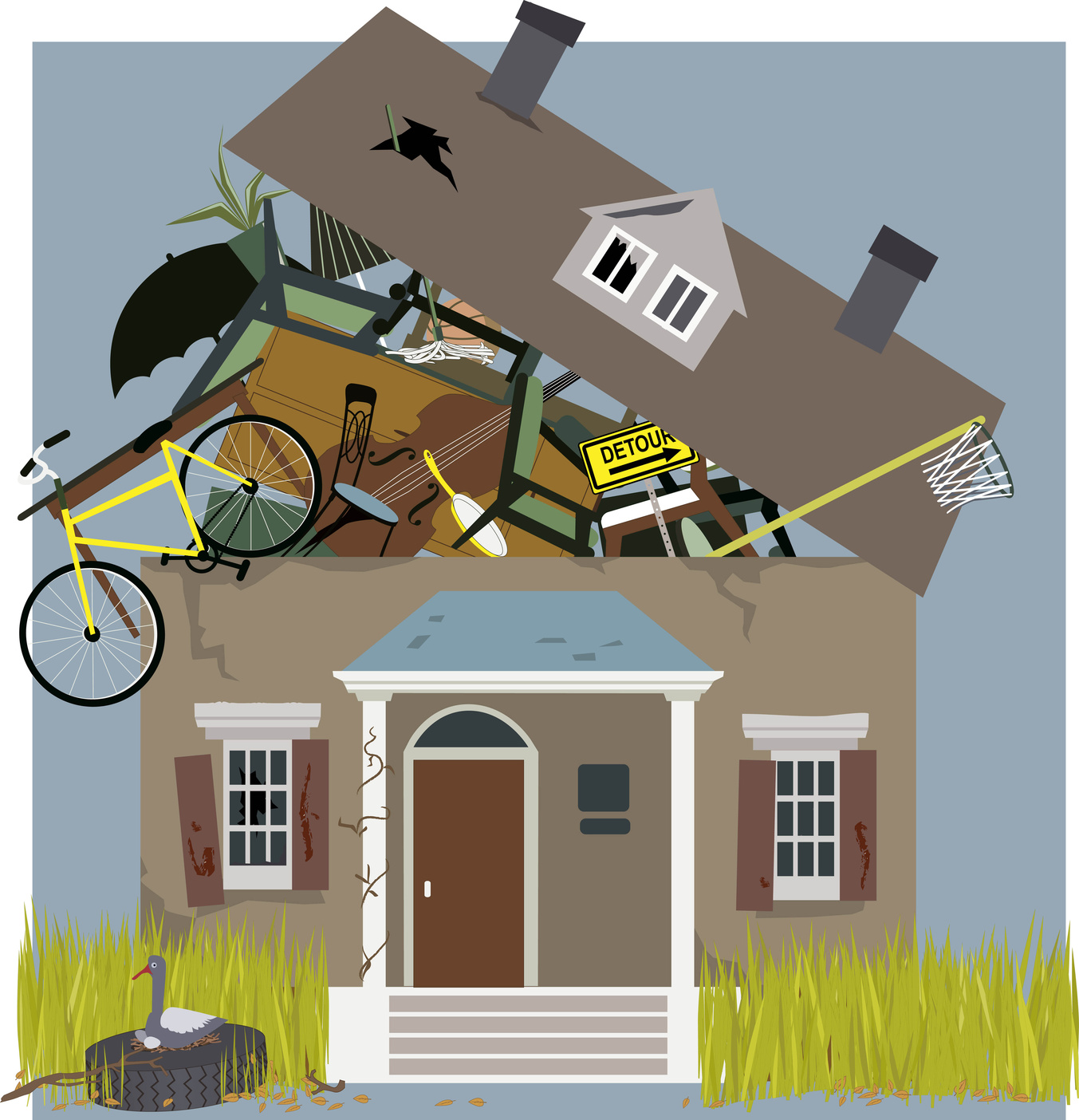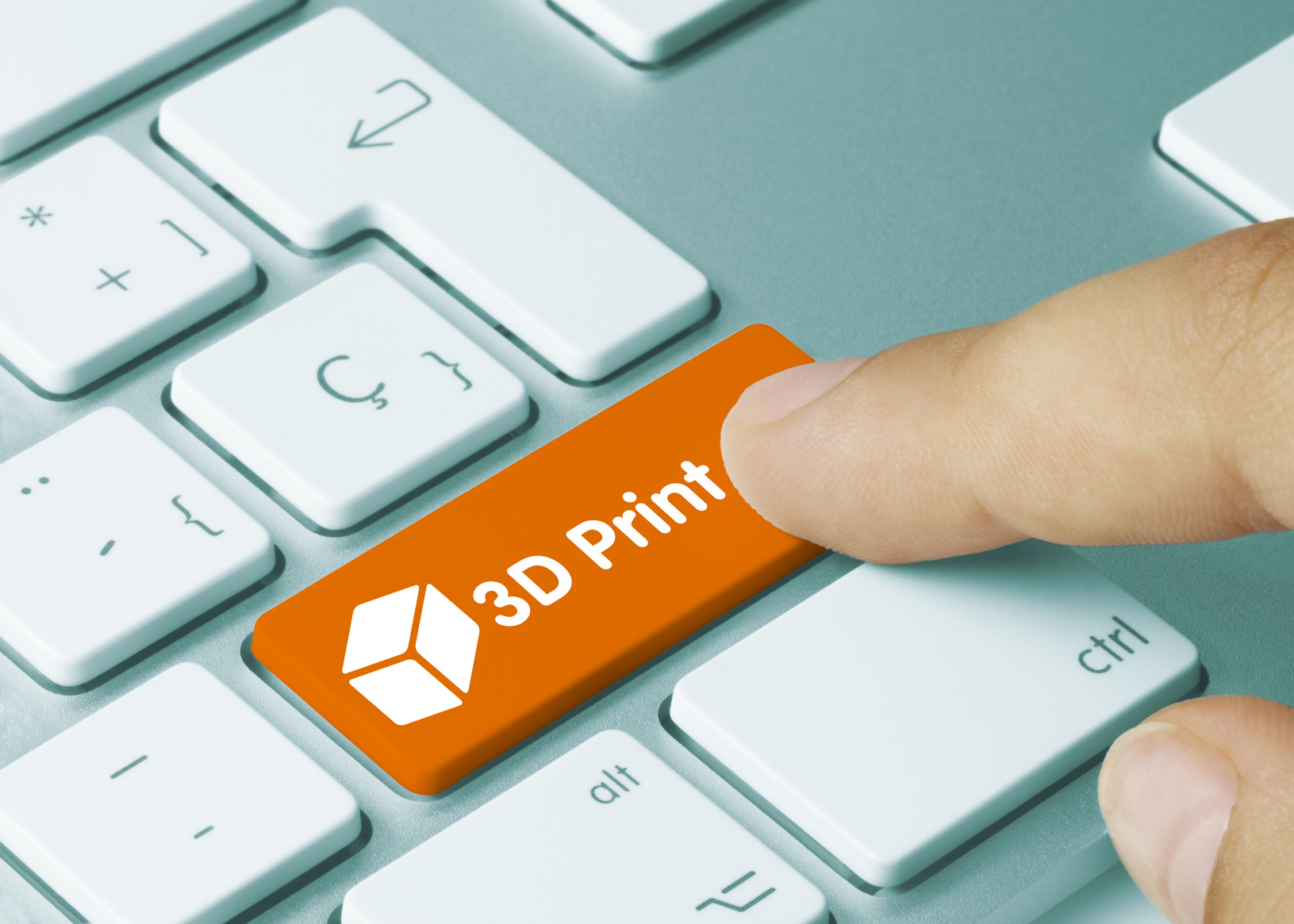Several years ago, a friend of mine suffered a serious injury at my home, nearly severing his finger. I immediately began tending to his injury and someone dialed 911. The ambulance soon arrived and my friend’s finger was saved.
Fortunately, others were there to help in the face of our emergency but none of us really knew what we were doing. It would have been great to have an expert with us – someone who could have stepped in or, at least, give me advice on what to do and how to do it. In small ways, technology is moving to fill this void of medical knowledge in my life.
Devices such as Amazon Echo and Google Home are dotted throughout my house. I interact with these devices on a constant basis. Things I’ve long done manually, I’m now doing digitally through simple spoken commands. I’m setting timers and adding items to lists. I’m streaming music, getting news during the day and checking the local weather, simply by asking. These devices now tell me stories and jokes and even give me the word of the day when I ask. But this is just the beginning of their transformative potential.
Should I find myself in the midst of a medical emergency in the future, Amazon and Google voice-activated digital assistants will probably be one of the first places I turn. In February, the American Heart Association announced the Amazon Echo can help identify the signs of a stroke or heart attack and give instructions on how to do CPR. Over 2,000 Americans die of cardiovascular-related issues each day – the devices could potentially save thousands of lives in the years to come.
Such advancements will only grow in number and scope. Perhaps I’ll get advice on how to treat shock or tie a tourniquet, while simultaneously making a call to 911 through the same voice user interface. The Wall Street Journal recently reported both Google Home and Amazon Alexa are considering enabling WiFi-powered voice calling from their devices. When medical emergencies present themselves in the future, we will gain access to additional expertise with just our voice.
Today, nearly 110 million Americans are over the age of 50. In the next several decades, both the raw number of seniors and their share of the U.S. population will increase. Being able to respond to unexpected medical emergencies will only grow more important. Being able to do that with our voice when alone or while we tend to those in need could prove the difference between life and death.
In a typical day, we don’t think much of the voice-activated devices we are adding around us in our homes and offices. But they are changing how we interact with the internet and, ultimately, how we access all kinds of information – life-saving or not. Connecting these devices to telephone services will usher in an entirely new set of use-case scenarios. In the future, we might take calls while doing dishes, make outgoing calls even though our hands are full, or listen and reply to voicemails with voice commands while we busy ourselves with other activities in the room. Google Home, Amazon Alexa and others are exploring the gamut of what the combination of digital assistants with telephone services might mean.
The future intersection of vocal computing and medical services is still being defined. Today, digital assistants can help us care for our loved ones – including our children and parents – by giving us greater access to life-saving information. Technological innovation will continue to propel us forward in entirely new ways, making us safer, healthier, and more informed.

